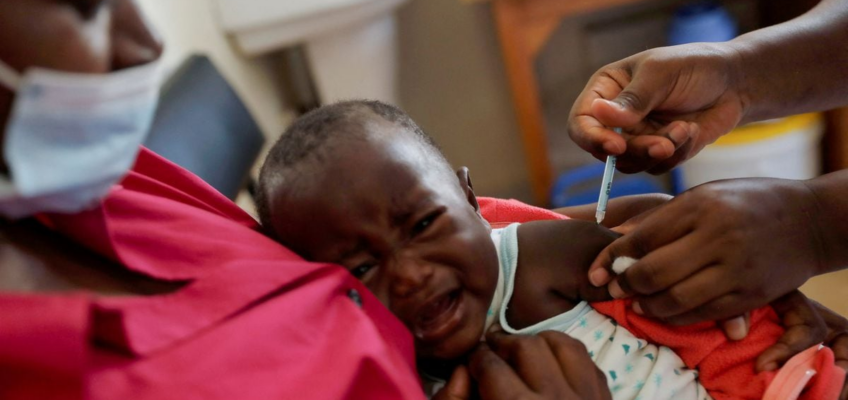
Malaria is a life-threatening disease that caused approximately 608,000 deaths in 2022, 80% of whom were children and pregnant women (World Health Organization, 2023).
Malaria is thought to be rare in babies aged under six months due to receiving antibodies from their mothers. However, D’Alessandro et al (2012) argue that malaria in this age group is more common than previously thought.
Misdiagnosis can occur because young babies rarely present with the same signs of malaria as older children and adults do (D’Alessandro et al., 2012). Sick babies often present with hypothermia, floppiness and refusal to feed which can be confused with other illnesses such as pneumonia.
A diagnosis of malaria should be considered in areas where there is high transmission (Kalkman et al., 2022; Nhama et al., 2020). Mainstream anti-malarials are not designed with babies in mind and tablets are utilized with the dosage calculated in accordance with the baby’s weight.
Due to their small size and immature metabolism, anti-malarials including artemisinin combination treatments can be toxic to young babies under five kilograms in weight, and there is a higher risk of treatment failure (Kalkman, et al 2022; Swiss Tropical and Public Health Institute, 2024).
Treatment guidelines need to be tightened up and further research carried out to cater for this extremely vulnerable age group and to enhance malaria control.
Written by Kerre Wilsher, PhD.

